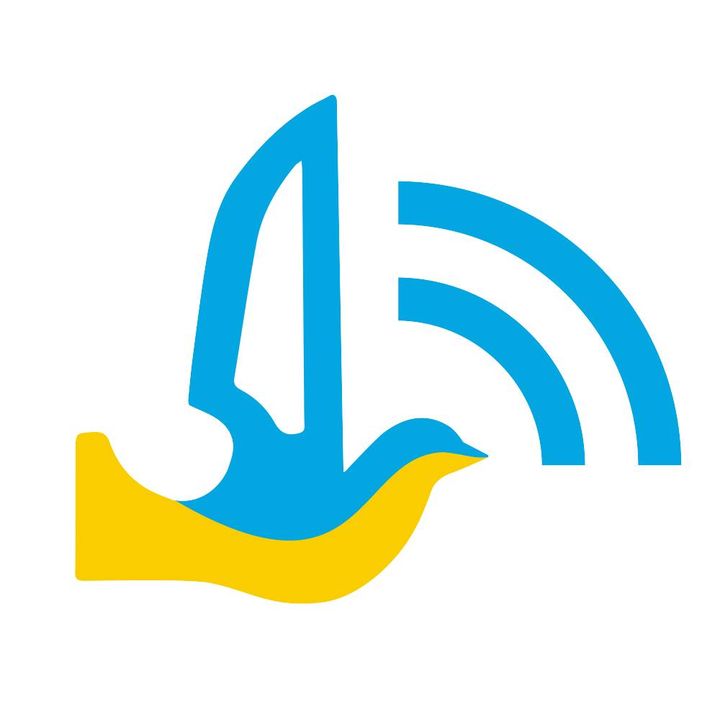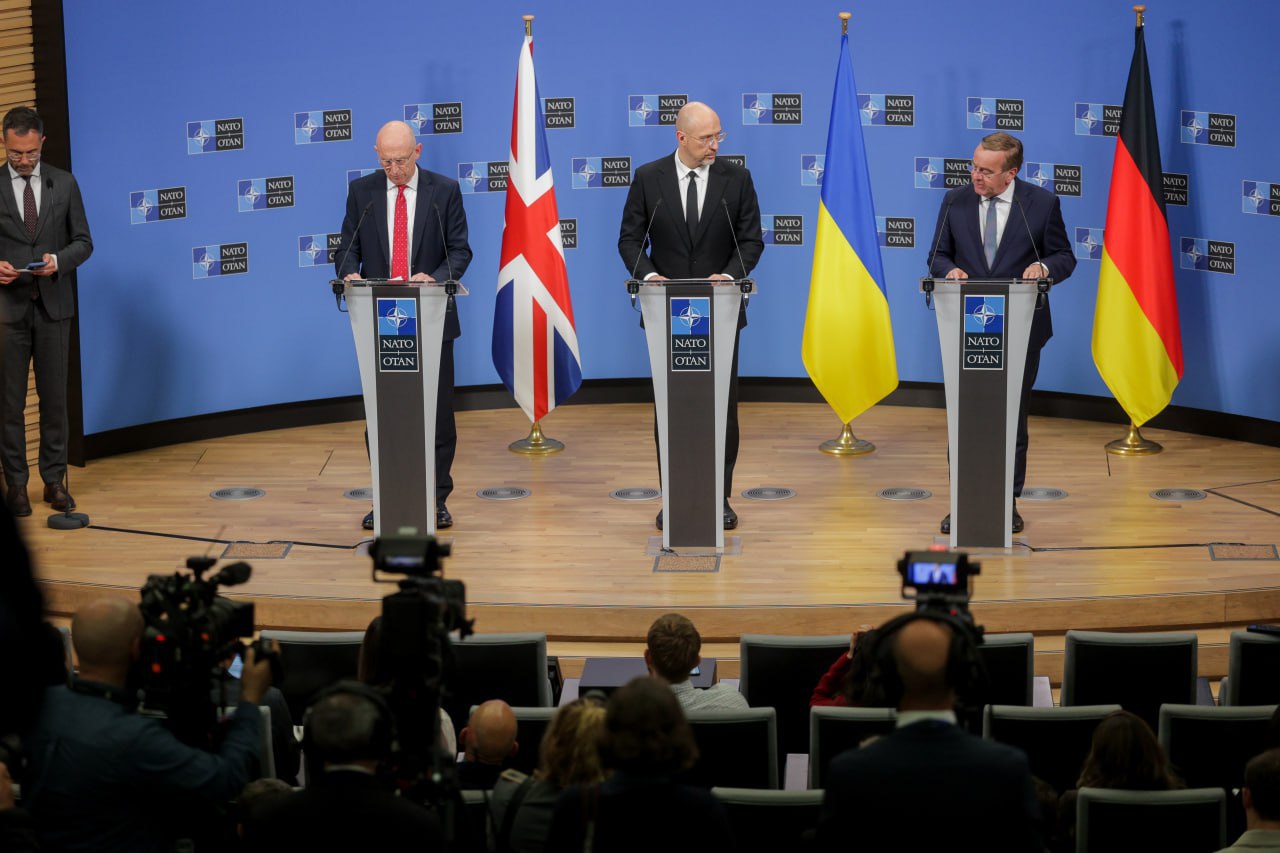At least half of NATO's 32 allies have committed to buy American weapons for Ukraine and 19 total member states expressed readiness to provide Kyiv with military assistance at the 31st Ramstein format meeting in Brussels on 15 October.
At the meeting, US Defense Secretary Pete Hegseth has come out with the most strongly-worded language towards Russia since the US President Donald Trump’s administration came into power in Washington DC and subsequently pulled back from its leading role in these meetings.
However, the bold new language from the Americans may or may not signify any change in underlying policy for the Trump administration, which announced no new military support of its own.
Furthermore, military aid from the allies has flagged in the preceding months. As Russia ramps up its front line pressure and drone strikes against cities and civilian infrastructure, Ukraine’s need for allied assistance is only expected to grow over the winter and into the coming year.
Here are the key takeaways from this meeting and official comments made on the sidelines.
Stronger rhetoric from US
The biggest difference from previous meetings of the Ukraine Defense Contact Group could be seen in Washington’s change of rhetoric. US Defense Secretary Pete Hegseth didn’t bother to attend the last few meetings, but on 15 October, he showed up with words for Moscow.
“If there is no path to peace in the short term, then the United States, along with our allies, will take steps necessary to impose costs on Russia for its continued aggression,” Hegseth said, albeit without specifying what those costs would be.
He added the US is “clear-eyed about the fact that the most effective deterrents to Russian aggression are number one: a lethal, capable and European-led NATO, and number two: a combat credible Ukrainian military.”
“If we must take this step, the US War Department stands ready to do our part in ways that only the United States can do.”
His words sent another signal how US President Donald Trump, who once seemed more amenable to working with Russian leader Vladimir Putin on negotiating an end to the fighting, has appeared to grow increasingly sour on Russia.
But with no specific changes in policy or aid announced, it’s unclear if this is more of a change of mood or something more substantial.
Trump said he is considering providing Ukraine with Tomahawk cruise missiles to put more pressure on Putin. In comments to the press, Trump said he will give the missiles to Ukraine "if this war is not going to get settled." President Volodymyr Zelenskyy will meet with Trump on 17 October, most likely to discuss the Tomahawks.
Long-range cruise missiles would increase Ukraine’s capabilities to hit strategic targets inside Russia, which Kyiv has so far been doing with strike drones. The most prominent impact of these attacks has been the damage to Russia’s oil refineries, leading to fuel shortages and pressure on the Russian economy.
But drones’ limited payloads compared to missiles make it harder to do the kind of damage that’s very costly and difficult to repair.
More countries join PURL, but amount thus far falls short of expectations
More member states have now joined the Prioritized Ukraine Requirements List (PURL), a program that replaced direct American arms donations to Ukraine, which requires allies to pay for them. In his comments, Hegseth urged NATO members to increase PURL spending.
NATO Secretary General Mark Rutte bore on this point, saying “many air defence systems have already been supplied to Ukraine; now there are technologies that only the US can supply, such as interceptors for Patriot systems.”
Denmark, Sweden and Norway had announced they would join PURL back in August. More recently, Estonia, Finland, Slovenia, Latvia and Lithuania announced that they would join as well. But bigger powers such as France and Britain have not made similar announcements.
Defense Minister Denys Shmyhal also emphasized the full implementation of PURL, saying “we rely on ongoing coordination and funding to ensure timely deliveries.”
In detailing Ukraine’s needs from the program, Shmyhal prioritized air defense, interceptors and long-range artillery munitions. He underlined how interceptors are a “pillar” of the meeting. Russia’s mass drone and missile strikes against civilian infrastructure are constantly growing in scope, making Ukraine especially vulnerable as it heads into the winter season.
Rutte said that the alliance has already managed to get “16-17 countries” to join the PURL initiative, with a total of 19 countries pledging aid, whether through PURL or outside of it, via bilateral agreements. He added that $2 billion has been contributed for the program thus far.
Still, this falls short of the $3.5 billion that Zelenskyy had hoped to see by October. The Kiel Institute for the World Economy on 14 October reported that military aid to Ukraine fell by 43% in July and August compared with the first half of the year.
According to Shmyhal, PURL’s needs next year will range from $12 to $20 billion.
Shmyhal added that Ukraine will need $120 billion in overall defense spending in 2026, asking Western partners to cover half of that amount.
The optimal way for European countries to provide military aid to Ukraine could be to allocate 0.25% of their GDP each, or to offer a loan secured by Russia's frozen assets, Shmyhal said.
Countries’ contributions
Trending Now
The day of the meeting was also filled with announcements from individual allies detailing the kind of aid they were going to provide.
Germany
Germany announced a financial support package that totals over 2 billion euros, which includes air defense systems, including Patriot interceptors, radar complexes and artillery systems with precision munitions, according to German Defense Minister Boris Pistorius.
Berlin also plans to supply missiles and ammunition, two more IRIS-T air defense systems, with a stock of guided missiles, portable anti-air systems, anti-tank weapons, communications equipment and small arms. Pistorius added that Germany would also launch a project to modernize weapons already delivered to Ukraine.
A memorandum of cooperation between Ukraine’s and Germany’s defense industries is in the works.
Netherlands
The Netherlands will provide 90 million euros in aid for Ukraine to produce reconnaissance and attack drones, Evropeiska Pravda reported on 15 October, citing Dutch Defense Minister Reuben Brekelmans. This aid package will be separate from the 200 million euros to bolster Ukraine’s anti-drone defense announced by the Netherlands several days ago.
During his visit to Kyiv, the Dutch defense minister also signed a memorandum of understanding with his counterpart, Denys Shmyhal, for the joint production of deep strike drones as part of the Build With Ukraine initiative, which enables Ukraine to produce arms in other countries. Brekelmans also announced plans to create a “Dutch defense cluster” in the Ukrainian capital.
Denmark
Denmark on 15 October pledged total military aid of 1.1 billion kroner ($171 million). This includes 400 million kroner ($62 million) for training and associated equipment, according to the Danish defense ministry’s statement. The Danish package will also pay for maritime assets, tank maintenance and fuel.
According to the announcement, total Danish support, both provided and planned from 2022 through 2028 is expected to total about $10 billion.
Sweden
Speaking before the NATO ministers' summit, Swedish Defense Minister Pål Jonson told the media that Stockholm is "ready to do more," to aid Ukraine through PURL and the fighter jet coalition, which supplies modern Western warplanes to Kyiv. Jonson said Sweden is allocating $264 million for this purpose.
He said that the fighter jet coalition partners are asking Sweden to supply radar reconnaissance and early warning aircraft to the Ukrainians, and that Stockholm has “not ruled out” supplying Ukraine with its Gripen multi-role fighters as well.
UK
Defense Secretary John Healey pointed out that Britain has supplied more than 85,000 military drones to Ukraine in the past six months and invested 600 million pounds this year to accelerate drone delivery for the Ukrainian armed forces.
The UK is also jointly developing interceptor drones with Ukraine, as the latter scales up its use of these weapons to destroy Russia's attack drones targeting the country's civilian infrastructure.
Lithuania
Lithuanian Defense Minister Dovilė Šakalienė said her country is ready to provide 30 million euros for PURL ahead of the Brussels meeting. She said that Russia has consistently created "strategic dilemmas" for the allies and now it is time to pay Moscow back with the same coin.
Estonia
Estonian Defense Minister Hanno Pevkur said his country's contribution to PURL will total $12 million, as well as sending "drones worth tens of millions."
Finland
Finnish Defense Minister Antti Hakkanen on 15 October said his country would participate in buying American weapons for Ukraine, saying Finland considers it “crucial that Ukraine receives critical weapons from the US.” However, he did not disclose how much Finland would provide.
France, Spain, Italy
The Associated Press reported that France, Italy and Spain attracted criticism for not doing enough to help Ukraine.
Per the report, France and Italy are mired in debt and struggling to raise money just to meet NATO’s defense spending targets, while Spain says it has other economic concerns and insists that it makes up for its spending gap at NATO by deploying troops on the alliance’s missions.




